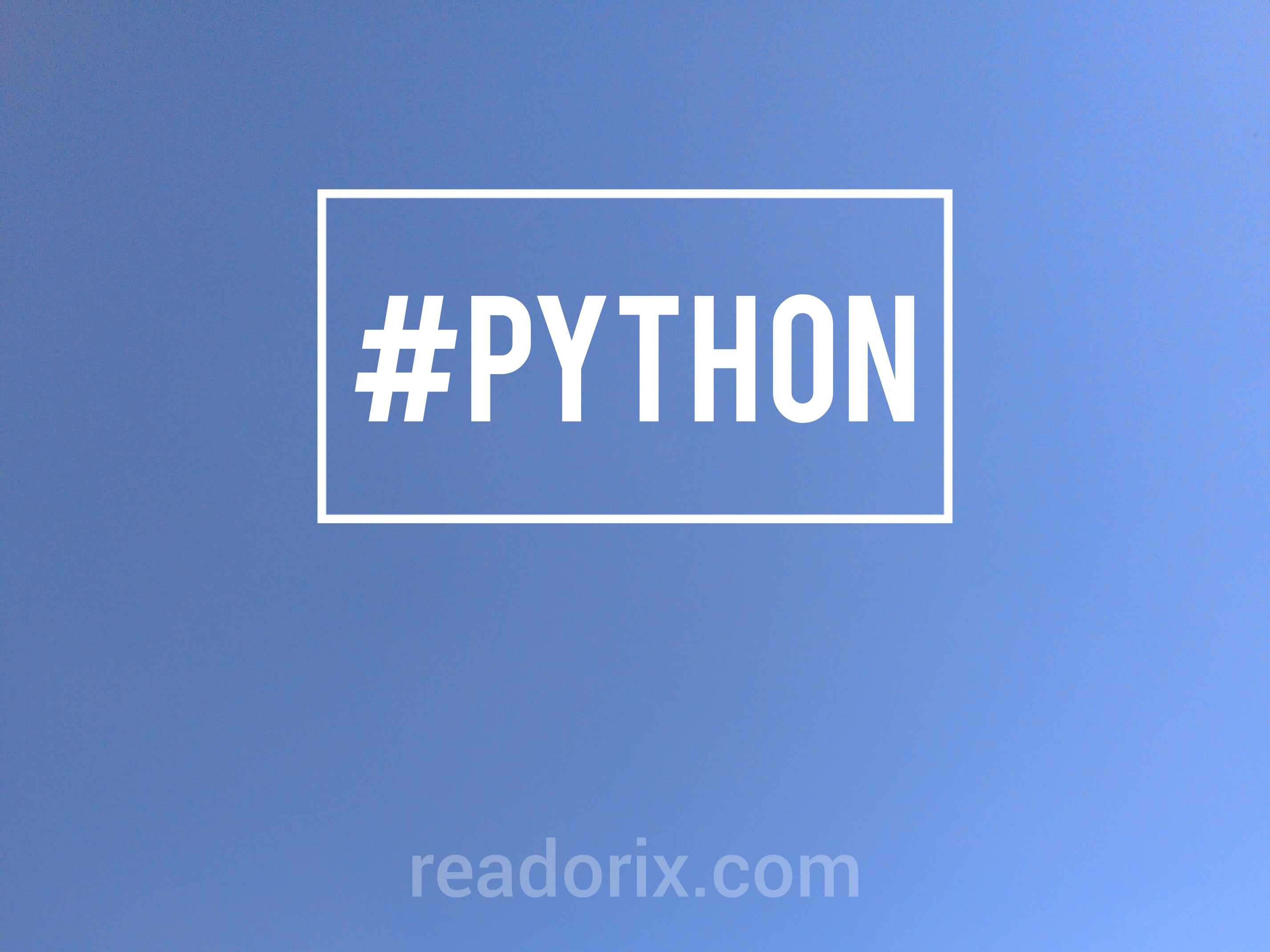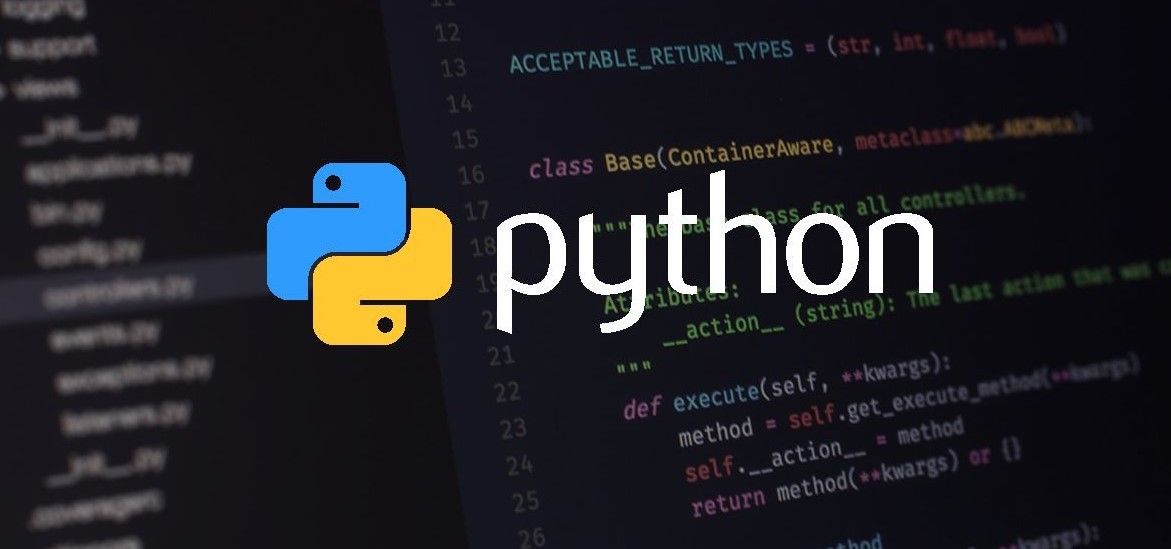
Essential Python Interview Questions Answers
- 06 Sep 2024
- 78 Views
If you're gearing up for a Python interview, you're in the right place. The Python landscape is always evolving, and staying updated with the latest trends and concepts is crucial. Below, I've compiled a list of 30 trending Python interview questions along with detailed answers to help you prepare effectively. Whether you're a seasoned developer or a fresh graduate, these questions cover a broad range of topics, from basic syntax to advanced concepts.
1. What are Python’s key features?
Python is known for its simplicity and readability, which makes it an ideal language for beginners. Key features include:
- Easy Syntax: Python uses clear and readable syntax, which makes it easy to learn and write code.
- Interpreted Language: Python is an interpreted language, meaning code is executed line by line.
- Dynamically Typed: You don’t need to declare the type of a variable when you create one.
- High-Level Language: It abstracts many of the complex details of the computer's operation.
- Extensive Standard Library: Python comes with a rich set of libraries and frameworks.
2. Explain the difference between Python 2 and Python 3.
Python 2 and Python 3 differ in several significant ways:
- Print Statement: In Python 2, `print` is a statement, whereas in Python 3, it is a function (`print()`).
- Integer Division: In Python 2, dividing two integers performs floor division. In Python 3, it performs true division by default.
- Unicode: Python 3 uses Unicode for all strings by default, whereas Python 2 uses ASCII.
3. What are Python decorators and how do they work?
Decorators are a design pattern in Python that allow you to modify or extend the behavior of a function without changing its code. They are implemented using functions that return a wrapper function. Here's a basic example:
def dec_function(org_function): def wrap_function(): print("Wrap executed") return org_function() return wrap_function
@dec_functiondef say_hello(): return "Hello!"
print(say_hello())
4. What is a lambda function?
A lambda function is a small anonymous function defined with the `lambda` keyword. It can have any number of arguments but only one expression. The expression is evaluated and returned. For example:
add = lambda x, y: x + yprint(add(5, 3)) # Outputs 8
5. Describe Python's garbage collection mechanism.
Python uses a garbage collector to manage memory and clean up unused objects. It primarily uses reference counting and a cyclic garbage collector to handle circular references. When an object’s reference count drops to zero, it is immediately deallocated. The garbage collector periodically looks for objects involved in reference cycles and cleans them up.
6. What is the difference between `deepcopy` and `copy`?
- copy.copy(): Creates a shallow copy of an object. It copies the object but not the objects it references. Changes to mutable objects in the copied object will reflect in the original object.
- copy.deepcopy(): Creates a deep copy of an object. It recursively copies all objects found in the original object. Changes in the copied object do not affect the original object.
7. What is a Python generator?
Generators are a type of iterable, like lists or tuples, but unlike lists, they do not store their contents in memory. They use the `yield` keyword to produce items one at a time and can be iterated over. They are useful for handling large datasets or streams of data. Here's a simple generator function:
def count_up_to(max): count = 1 while count <= max: yield count count += 1
8. How does Python handle multithreading?
Python uses the Global Interpreter Lock (GIL) to manage multithreading. The GIL allows only one thread to execute Python bytecode at a time, which means that Python threads are not ideal for CPU-bound tasks. However, they work well for I/O-bound tasks. For CPU-bound tasks, the multiprocessing module is often used instead of threading.
9. What are Python’s built-in data types?
Python has several built-in data types including:
- Numeric Types: int, float, complex
- Sequence Types: list, tuple, range
- Text Type: str
- Mapping Type: dict
- Set Types: set, frozenset
- Boolean Type: bool
- Binary Types: bytes, bytearray, memoryview
10. Explain the use of `self` in Python classes.
In Python classes, `self` is a reference to the current instance of the class. It is used to access variables and methods associated with the instance. It must be the first parameter of any function in a class. Example:
class MyClass: def __init__(self, value): self.value = value
def display(self): print(self.value)
11. What are Python's comprehensions?
Comprehensions provide a concise way to create lists, sets, or dictionaries. They are generally more compact and faster than using traditional loops. Examples:
- List Comprehension: squares = [x2 for x in range(10)]
- Set Comprehension: unique_squares = {x2 for x in range(10)}
- Dict Comprehension: square_dict = {x: x2 for x in range(10)}
12. What is the purpose of the `__init__` method in a class?
The `__init__` method is a special method that initializes a newly created object. It is called automatically when a class instance is created. It allows the class to set up initial values for object attributes.
13. Explain Python's exception handling with try, except, finally.
Python uses try, except, and finally blocks to handle exceptions:
- try: Contains code that might raise an exception.
- except: Catches and handles the exception.
- finally: Contains code that will run regardless of whether an exception was raised or not.
Example:try: x = 1 / 0except ZeroDivisionError: print("Cannot divide by zero")finally: print("This will always execute")
14. What is the difference between `is` and `==`?
- `==` checks for equality of values between two objects.
- `is` checks for identity, meaning it returns `True` if both operands refer to the same object in memory.
Example:a = [1, 2, 3]b = aprint(a == b) # Trueprint(a is b) # True
c = [1, 2, 3]print(a == c) # Trueprint(a is c) # False
15. How do you manage packages and dependencies in Python?
Python uses package managers like `pip` for managing packages and dependencies. You can create a `requirements.txt` file to list all dependencies, which can be installed using `pip install -r requirements.txt`. Additionally, tools like `virtualenv` or `venv` create isolated environments for different projects to avoid dependency conflicts.
16. What are Python's data structures and their characteristics?
Python's built-in data structures include:
- List: Ordered, mutable, allows duplicates.
- Tuple: Ordered, immutable, allows duplicates.
- Set: Unordered, mutable, no duplicates.
- Dict: Unordered (as of Python 3.7, insertion order is preserved), mutable, key-value pairs.
17. What is a context manager in Python?
A context manager is an object that defines the runtime context for executing a block of code using the `with` statement. It is commonly used for resource management, such as file operations, to ensure resources are properly acquired and released. Example:
with open('file.txt', 'r') as file: content = file.read()
18. How do you perform unit testing in Python?
Python provides the `unittest` module for unit testing. You create test cases by subclassing `unittest.TestCase` and define test methods with the `test_` prefix. Example:
import unittest
class TestMathOpr(unittest.TestCase): def test_addition(self): self.assertEqual(1 + 1, 2)
if __name__ == '__main__': unittest.main()
19. What is an `async` function in Python?
An `async` function is a function declared with the `async` keyword, allowing it to perform asynchronous operations using `await`. This is useful for non-blocking I/O operations and writing concurrent code. Example:
import asyncio
async def say_hello(): await asyncio.sleep(1) print("Hello")
asyncio.run(say_hello())
20. Explain the Global and Nonlocal keywords.
- global: Used to declare that a variable inside a function is global and not local to that function. This allows modification of a global variable.
- nonlocal: Used to declare that a variable inside a nested function refers to a variable in the nearest enclosing scope that is not global.
Example:x = 10
def outer(): x = 20 def inner(): nonlocal x x += 1 inner() print(x)
outer() # Outputs 21
21. How do you implement method overloading in Python?
Python does not support method overloading directly. Instead, you can achieve similar behavior by using default arguments or variable-length arguments. Example:
def greet(name=None): if name: print(f"Hello, {name}!") else: print("Hello!")
greet()greet("Alice")
22. What are metaclasses in Python?
Metaclasses are classes of classes. They define how classes behave. A metaclass is used to create or modify classes. For example, you can define a metaclass to enforce rules for class creation or modification.
Example:class Meta(type): def __new__(cls, name, bases, dct): print(f"Creating class {name}") return super().__new__(cls, name, bases, dct)
class MyClass(metaclass=Meta): pass
23. What is the `__str__` method in Python?
The `__str__` method is used to define a human-readable string representation of an object. It is called by the `str()` function and the `print()` function to convert an object to a string.
Example:class MyClass: def __str__(self): return "MyClass instance"
obj = MyClass()print(obj)
# Outputs: MyClass instance
24. What is the difference between append() and extend() in Python lists?
- append(): Adds a single element to the end of a list.
- extend(): Adds each element of an iterable (like another list) to the end of the list.
Example:lst = [1, 2, 3]lst.append([4, 5])print(lst)
# Outputs: [1, 2, 3, [4, 5]]
lst.extend([6, 7])print(lst)
# Outputs: [1, 2, 3, [4, 5], 6, 7]
25. What are Python's built-in functions?
Python includes several built-in functions such as:
- len()
- max()
- min()
- sum()
- sorted()
- type()
- isinstance()
- range()
- map()
- filter()
26. How do you handle missing keys in a dictionary?
You can handle missing keys in a dictionary using:
- get() method: Returns a default value if the key is not found.value = my_dict.get('key', 'default_value')
- defaultdict from collections module: Provides a default value for missing keys.from collections import defaultdictmy_dict = defaultdict(int)
27. What is monkey patching?
Monkey patching refers to modifying or extending a module or class at runtime. It allows you to change methods or attributes of a class or module dynamically. This can be risky and should be done with caution.
Example:class MyClass: def greet(self): return "Hello"
def new_greet(self): return "Hi"
MyClass.greet = new_greetobj = MyClass()print(obj.greet())
# Outputs: Hi
28. How do you use list slicing in Python?
List slicing allows you to access a portion of a list. It uses the syntax `[start:stop:step]`, where `start` is the beginning index, `stop` is the ending index, and `step` is the step size.
Example:lst = [0, 1, 2, 3, 4, 5, 6]print(lst[1:5])
# Outputs: [1, 2, 3, 4]
print(lst[:3])
# Outputs: [0, 1, 2]print(lst[::2])
# Outputs: [0, 2, 4, 6]
29. What is the `with` statement used for?
The `with` statement is used for wrapping the execution of a block of code. It ensures that resources are properly managed and released. It is commonly used with file operations, database connections, and network sockets to handle cleanup automatically.
30. Explain the `*args` and `kwargs` in function definitions.
- `*args`: Allows a function to accept any number of positional arguments. They are passed as a tuple.
def func(*args): for arg in args: print(arg)
- `kwargs`: Allows a function to accept any number of keyword arguments. They are passed as a dictionary.
def func(kwargs): for key, value in kwargs.items(): print(f"{key} = {value}")
---
Preparing for a Python interview can be daunting, but understanding these key concepts and practicing these questions will help you demonstrate your expertise and problem-solving skills. Keep these questions in mind, stay updated with Python's latest features, and you'll be well on your way to acing your interview. Good luck!